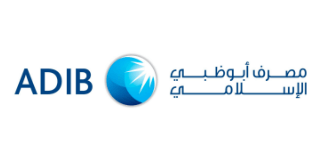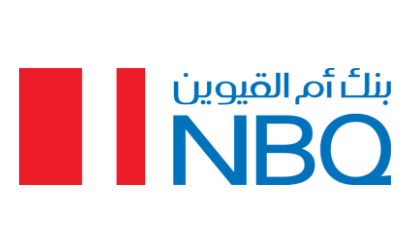Enjoy Affordable Borrowing as Central Bank Cuts Interest Rates!
Personal Loan up to 8 times your Salary

- Minimum Salary 5000 AED
- EMI Tenure up to 48 Months
- Lowest Interest Rates
Get personal loan at Lowest Interest Rate

The central banks in GCC mirror the US Fed’s monetary policy lead with the aim of maintaining exchange rate stability in their countries.
Announcement of Cut in Interest Rates
The currencies of UAE, Saudi Arabia, and Bahrain are pegged to the US Dollar. These three regions have announced rate cuts. The central bank claimed that the repo rate charged for borrowing short-term funds is cut by 25 basis points.
Generally, Kuwait tends to diverge from the US Federal Reserve’s policy to cut rates to a certain extent because its currency pegs to a variety of currencies rather than directly pegged to the dollar. But it cannot diverge its policy rates for too long because of the dominance of the US dollar in the currency basket.
The Cost of Borrowing
The cut in interest rates across the GCC is expected to lower the cost of borrowing. This is expected to affect the debt servicing burdens of borrowers in a positive manner. The central banks expect that the lower costs of borrowing will lead to an increase in investment demand for funds.
The UAE has been seeing a slow credit growth along with rising real effective exchange rates. This negatively impacts the growth of non-oil key sectors, such as wholesale and retail trade, and real estate. A cut in the interest rates is widely expected to address both of these concerns to a certain degree.
The various banks across GCC can face further pressure on the interest margins as they will be under the pressure to reprice their loans to lower rates. If they are offering a personal loan, the margin of the bank on the personal loan interest rate will be reduced under the pressure of repricing.
The banks in the region are majorly dependent on savings and current account deposits that come with negligible costs, which is why there is very little scope for further bringing down the cost of funding. Therefore, this implies that the net interest margins are likely to fall more and hence impacting the bank’s profitability.
In an environment of rising interest rates, banks have the option to reprice the loans offered at a higher interest rate while the rise in deposit rates is at a slower pace with a lag, this results in improved interest rate margins for banks. With a drop in the rates, this difference between deposit and lending rates shrinks and in turn applies pressure on banks and thereby impacting their profitability.

What do Lower Rates Mean for the Customers, Banks, and Economy?
- It reduces the debt burden on the borrower.
- The debt servicing costs for companies as well as individuals is low.
- It reduces the interest rate margins for the banks.
- It causes a shrink in the bank’s profitability.
- Because of economic headwinds, private credit demand is unlikely to move up.
- The effective exchange rates are lower and they boost local asset classes, especially tourism, retail, and hospitality sectors along with real estate.
In a Nutshell
The US Fed rate cut has arrived at a time when the leading Gulf economies, especially UAE and Saudi Arabia are facing a slower growth when it comes to external headwinds ranging from exchange rate appreciation, trade war, and slower global growth. The regional geopolitical challenges also have an impact.
Personal Loan Categories
Personal Loan Bank Wise

More From Personal Loans
- Recent Articles
- Popular Articles






































